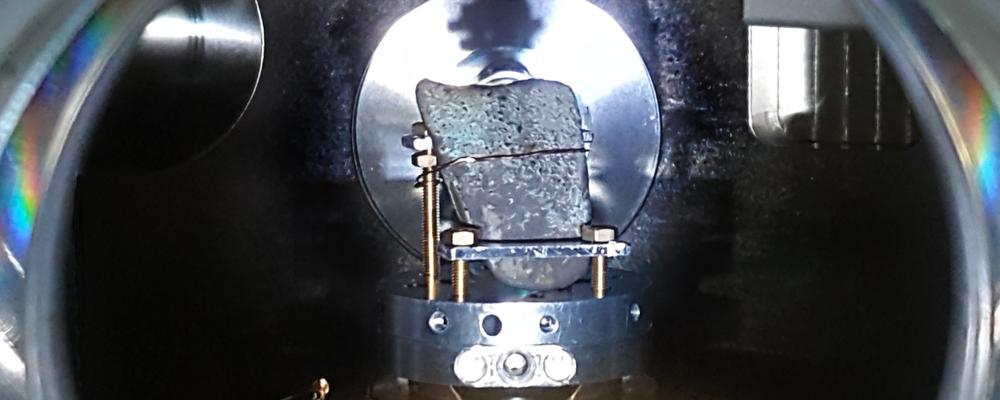Copper artefacts reveal changing connections in prehistoric Europe
Seven axes from Skåne in Sweden, the earliest from 4100 BC, have been analysed in a new study. The axes are made of copper. After geochemical analyses, the researchers were able to determine that the copper comes from mines in Serbia - so already in the Stone Age, people moved over greater distances than previously thought.
- Artefact means artificial object. In other words, an object made by humans. An artefact can also be the remains from the manufacture of objects. In this study, artefacts include axes and chisels.
- The axes from Skåne that were analysed are 7 in number. 4 are dated 4100-3500 BC and 3 dated 3500-3100 BC.
- The study was carried out by an international research team led by Jan Piet Brozio from Kiel University in Germany. From the University of Gothenburg, Zofia Anna Stos-Gale, affiliated with the Maritime Encounters research programme, participated.
Funding: The research was conducted and financed in the context of the Collaborative Research Centre 1266 ‘Scales of Transformation: Human-environmental Interaction in Prehistoric and Archaic Societies’ of the German Research foundation (DFG, German Research Foundation – project number 290391021 – SFB 1266). The funders had no role in study design, data collection and analysis, decision to publish, or preparation of the manuscript.


